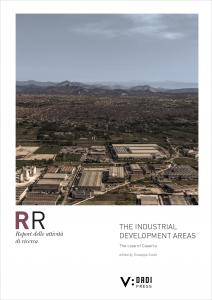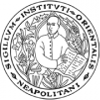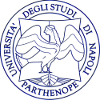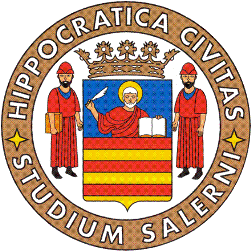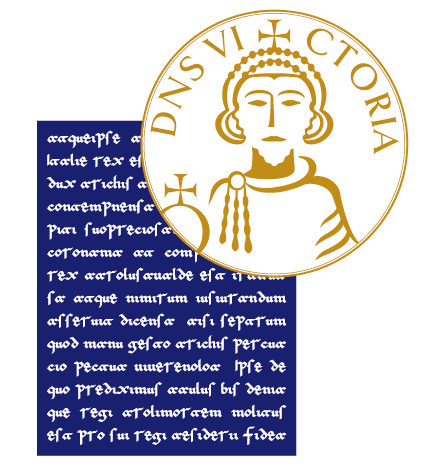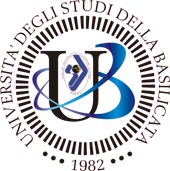The industrial development areas : the case of Caserta
Keywords:
urban planning, regenerative city, periurban, industrial areas, urban projectSynopsis

Editor: DADI_ PRESS
Series: Reports of DADI institutional research activities - Department of Architecture and Industrial Design. University of Campania Luigi Vanvitelli
Pages: 111
Language: English
NBN: http://nbn.depositolegale.it/resolver.pl?nbn=urn:nbn:it:unina-29759
Abstract: The volume presents the results of the multi-disciplinary research project PURE - Productive and Urban metabolism Resources. Eco-solutions for new lands, funded by our University with the funds of the V:ALERE project. This funding is intended to support the work of our researchers, promoting their role as principal investigators in research projects. The PURE project, led by a research group of the Department of Architecture and Industrial Design - DADI coordinated by Giuseppe Guida, has started from some research hypotheses according to which starting from what of active or abandoned remains from the phenomenon of the Industrial Development Areas there are conditions to propose redevelopment strategies and to reinterpret their role in the territory. For the DADI research team these areas can be redesigned as containers for environmental infrastructure, urban and metropolitan equipment, slow mobility routes, even wooded areas able to coexist with the production realities still present or to be installed. First of all, the research defines a framework of knowledge on the Industrial Development Areas, on the national policies that have promoted them and how these have been articulated in the South and in the regional territory of Campania and Caserta in particular. A specific attention has been given to the territorial planning through which those policies and development scenarios took shape on the territories. These Plans involved much of the urban culture of the time, through the direct commitment of some of its major representatives (Astengo, Beguinot, Cabianca, Radogna, Secchi, Vittorini and others). It was then elaborated a reconstruction of the complex regional and Caserta territorial system through the definition of a multi-scale system of maps populated with data, providing for each of them a reading for morphological, natural, physio - graphics “systems” and use of soils and buildings through synthesis and processing in GIS. Finally, scenarios have been developed that, starting from a regenerative dimension of the urban project, provide specific tools for some areas aimed at the development of urban policies and tools with the ambition to be replicable in similar situations and contexts.
Downloads
